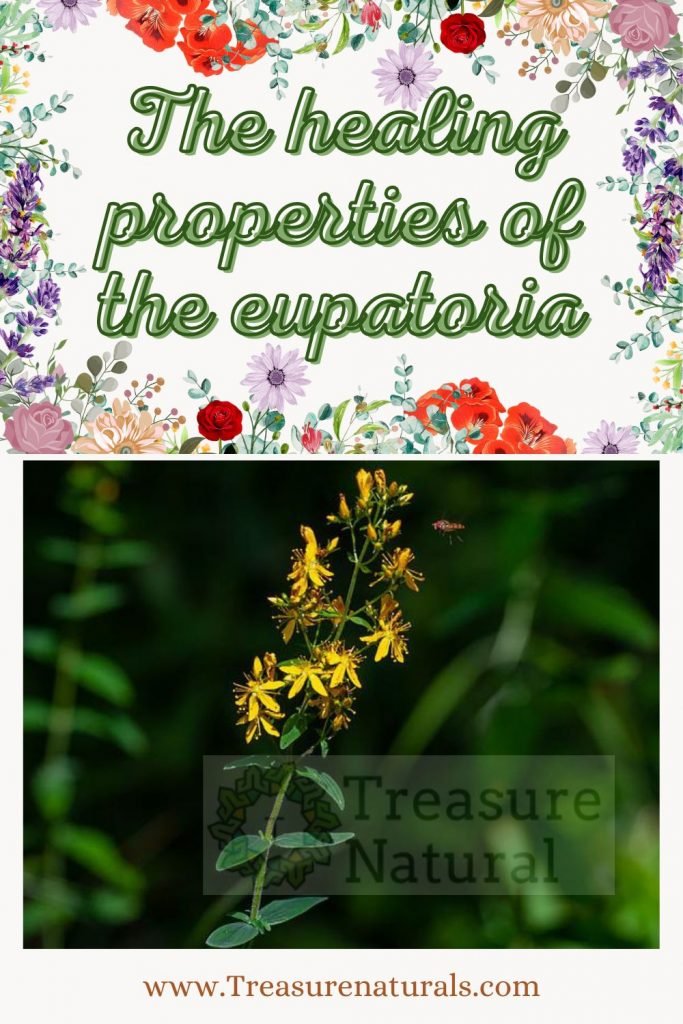
Let’s discover the properties and uses of agrimony, a plant with disinfectant and anti-inflammatory virtues used since the Neolithic, very suitable as a digestive and diuretic. Here is our complete sheet on the health benefits and the use of this medicinal plant in the kitchen.
Origin
Agrimony (scientific name agrimony eupatoria) is a perennial herbaceous plant belonging to the rosaceae family.
It grows spontaneously as a shrub (up to 70 cm) in predominantly temperate climatic zones, especially along country roads and paths.
The leaves of the agrimony are indented and characterized by a bright green color, while the yellow and small flowers develop between June and September. The fruit is an achene that does not exceed 7 mm in size, recognizable by the typical ring of quills in the upper extremity.
The history of agrimony
Its origins are very ancient, but its very name reveals them: according to tradition, argemonia is the Latin name used to indicate a variety of poppy used in ancient times to treat a sore eyes called ‘arghema‘. Its official introduction in phytotherapy is attributed to Mithridates Eupatorus also known as Mithridates ‘The Great’, king of Pontus from 111 BC and great antagonist of the Roman Republic.
Its many medicinal properties have been known since the times of Greeks and Romans who used it for the treatment of liver disorders, but it is not excluded that its virtues were already known during the Neolithic period, given that in several settlements of the period they have been found traces of agrimony fruits.
Properties of agrimony
It is an excellent disinfectant and anti-inflammatory.
It is also particularly suitable for the treatment of mild pathologies affecting the skin and mucous membranes, such as abrasions, small wounds, inflammation of the oral cavity and tonsillitis.
It has effective analgesic properties for the treatment of neuralgia, arthritis, periarthritis, but it is also an excellent digestive and a natural decongestant.
Contains tannin, flavonoids and vitamins K and B. This is why it has astringent, haemostatic, diuretic and antihistamine properties. These make it a valid ally for the treatment of diarrhea, stomatitis, liver failure, allergic rhinitis, dermatitis and conjunctivitis.
Agrimony is mainly taken in the form of decoction, herbal tea or infusion obtained from the leaves.
In cosmetics, agrimony extracts are used in formulations suitable for the treatment of irritation or oily skin and hair. Truly a plant with multiple uses.
The uses of agrimony in the kitchen and in phytotherapy
To relieve tired or red eyes, however, prepare a decoction, let it cool and apply it with compresses on the eyes.
Due to its healing properties it is also used in Bach flower infusions.
Although agrimony does not find particular applications in the kitchen, its extract is excellent for preparing tea and herbal teas. These preparations will delight palates who prefer bitter retro-tastes.
To fully enjoy the benefits of this plant and counteract liver disorders you can make an infusion. You will need:
- 70 gr of dried agrimony
- 70 gr of dried parietaria
- 1 l of water
Preparation. Immerse a tea filter with dried agrimony and parietaria leaves in boiling water. Leave to infuse for 15 minutes. The infusion thus obtained must be taken twice a day between meals.
Precautions and contraindications

There are no particular contraindications. However, it is advisable to consult your doctor or pharmacist before use.
It is not recommended for people who are taking medications to treat hypertension or hypotension.
Also not recommended in case of treatment with K antivitamins.
Side effects
There are no known side effects, however it can lead to photodermatosis.






